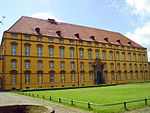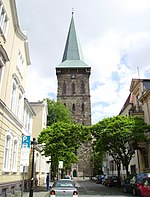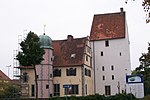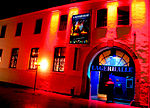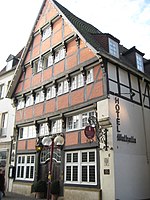Moskaubad
Buildings and structures in OsnabrückSports venues in Lower SaxonySwimming poolsTourist attractions in Osnabrück
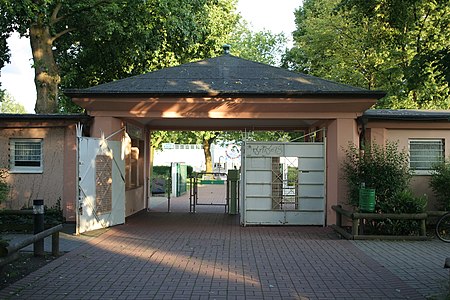
The Moskaubad (English: Moscow Baths) is a public swimming pool in the Wüste district of Osnabrück, Germany. It was first opened in 1926 as an outdoor swimming pool under the name of “Moskau”; in 1933 its name was changed to the “Neustädter Freibad” (New Town Outdoor Pool). In the late 1990s the baths underwent major renovation and rebuilding work which added to them, among other things, a small indoor pool; they were also given back their old name. The outdoor and indoor swimming complex is visited by roughly 250,000 people each year.
Excerpt from the Wikipedia article Moskaubad (License: CC BY-SA 3.0, Authors, Images).Moskaubad
Limberger Straße, Osnabrück Wüste
Geographical coordinates (GPS) Address Website External links Nearby Places Show on map
Geographical coordinates (GPS)
| Latitude | Longitude |
|---|---|
| N 52.2637 ° | E 8.0366 ° |
Address
Moskaubad
Limberger Straße 47
49080 Osnabrück, Wüste
Lower Saxony, Germany
Open on Google Maps


